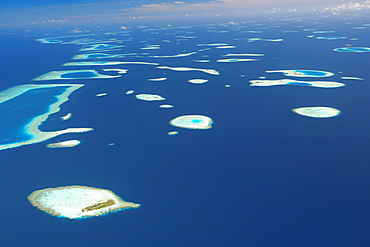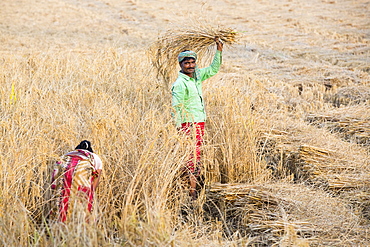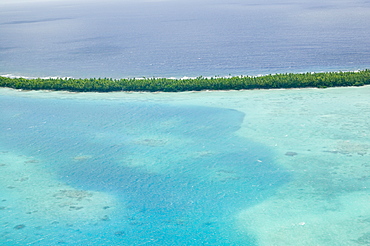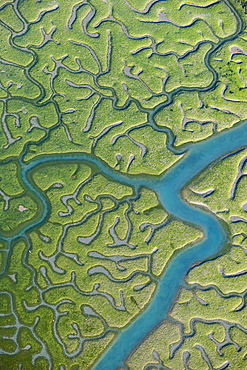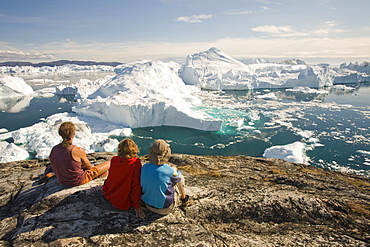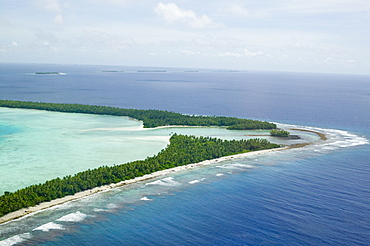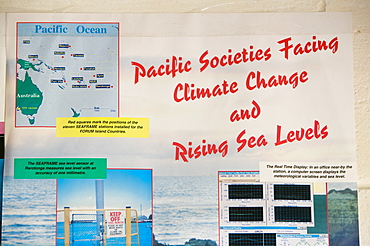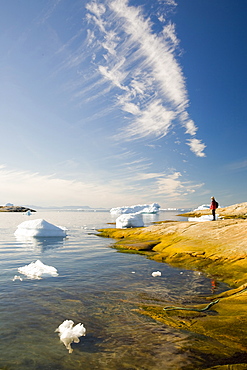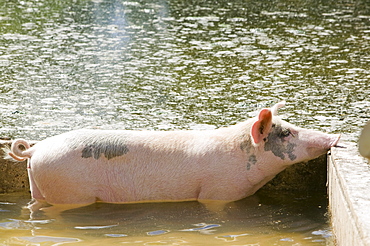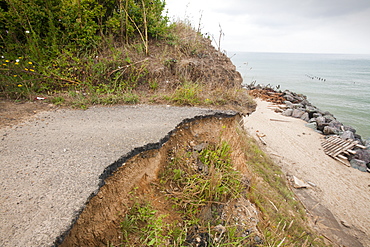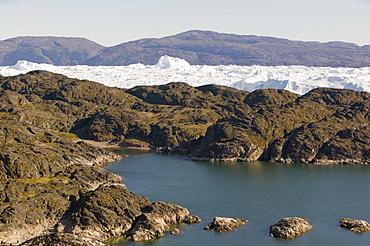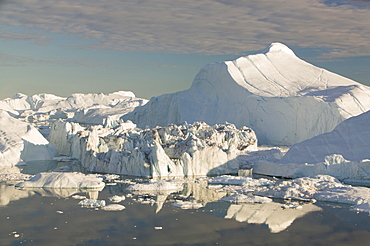Results
2 results found

Tongue of the Vatnajokull Glacier at Fjallsarlon glacial lagoon, South Iceland, Iceland, Polar Regions
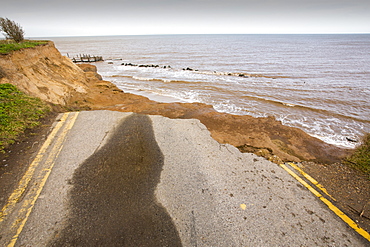
A road eroded and dropping off into the North sea at Happisburgh, Norfolk, a rapidly eroding section of coastline, UK.

A WWF project to supply electricity to a remote island in the Sunderbans, a low lying area of the Ganges Delta in Eastern India, that is very vulnerable to sea level rise. Prior to this project the subsistence farmers had no access to electricity. The project involves charging large batteries from solar panels. Each villager collects a battery to run household lighting, and returns to the recharging station once a week to recharge their battery. This shot shows women carrying the heavy batteries (20Kg) from the charging station.
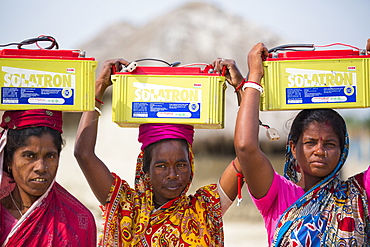
A WWF project to supply electricity to a remote island in the Sunderbans, a low lying area of the Ganges Delta in Eastern India, that is very vulnerable to sea level rise. Prior to this project the subsistence farmers had no access to electricity. The project involves charging large batteries from solar panels. Each villager collects a battery to run household lighting, and returns to the recharging station once a week to recharge their battery. This shot shows women carrying the heavy batteries (20Kg) from the charging station.
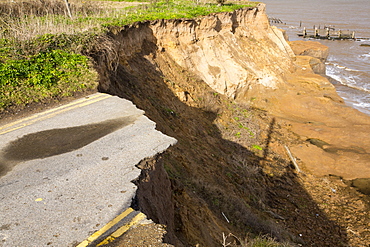
A road eroded and dropping off into the North sea at Happisburgh, Norfolk, a rapidly eroding section of coastline, UK.
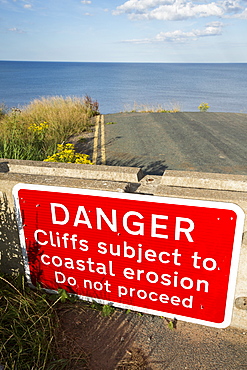
A collapsed coastal road near Skipsea on Yorkshires East Coast, UK. The coast is composed of soft boulder clays, very vulnerable to coastal erosion. This sectiion of coast has been eroding since Roman times, with many villages having disappeared into the sea, and is the fastest eroding coast in Europe. Climate change is speeding up the erosion, with sea level rise, increased stormy weather and increased heavy rainfall events, all playing their part.
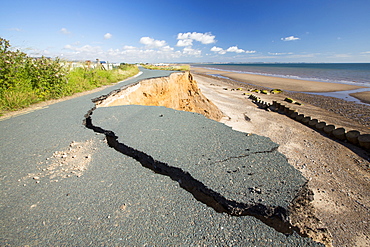
A collapsed coastal road at between Skipsea and Ulrome on Yorkshires East Coast, near Skipsea, UK. The coast is composed of soft boulder clays, very vulnerable to coastal erosion. This sectiion of coast has been eroding since Roman times, with many villages having disappeared into the sea, and is the fastest eroding coast in Europe. Climate change is speeding up the erosion, with sea level rise, increased stormy weather and increased heavy rainfall events, all palying their part.
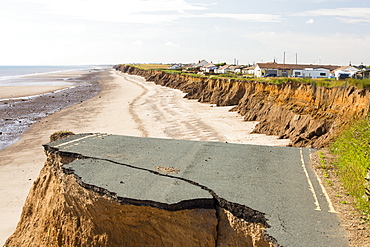
A collapsed coastal road at between Skipsea and Ulrome on Yorkshires East Coast, near Skipsea, UK. The coast is composed of soft boulder clays, very vulnerable to coastal erosion. This sectiion of coast has been eroding since Roman times, with many villages having disappeared into the sea, and is the fastest eroding coast in Europe. Climate change is speeding up the erosion, with sea level rise, increased stormy weather and increased heavy rainfall events, all palying their part.

A collapsed coastal road at Easingotn on Yorkshires East Coast, near Skipsea, UK. The coast is composed of soft boulder clays, very vulnerable to coastal erosion. This sectiion of coast has been eroding since Roman times, with many villages having disappeared into the sea, and is the fastest eroding coast in Europe. Climate change is speeding up the erosion, with sea level rise, increased stormy weather and increased heavy rainfall events, all palying their part.
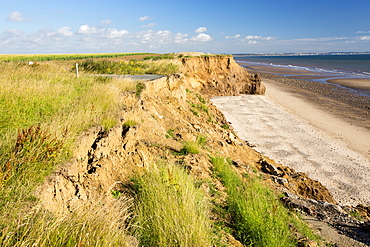
A collapsed coastal road at near Aldbrough on Yorkshires East Coast, near Skipsea, UK. The coast is composed of soft boulder clays, very vulnerable to coastal erosion. This sectiion of coast has been eroding since Roman times, with many villages having disappeared into the sea, and is the fastest eroding coast in Europe. Climate change is speeding up the erosion, with sea level rise, increased stormy weather and increased heavy rainfall events, all palying their part.
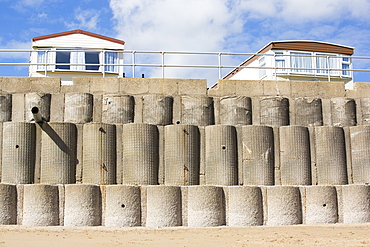
Concrete sea defences at Beach Bank Caravan Park in Ulrome near Skipsea on Yorkshires East Coast, UK. The coast is composed of soft boulder clays, very vulnerable to coastal erosion. This section of coast has been eroding since Roman times, with many villages having disappeared into the sea, and is the fastest eroding coast in Europe. Climate change is speeding up the erosion, with sea level rise, increased stormy weather and increased heavy rainfall events, all playing their part.
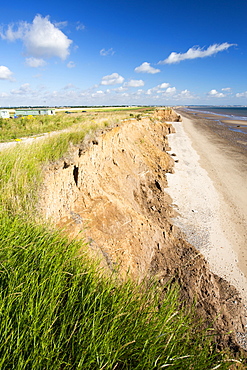
A collapsed coastal road at between Skipsea and Ulrome on Yorkshires East Coast, near Skipsea, UK. The coast is composed of soft boulder clays, very vulnerable to coastal erosion. This sectiion of coast has been eroding since Roman times, with many villages having disappeared into the sea, and is the fastest eroding coast in Europe. Climate change is speeding up the erosion, with sea level rise, increased stormy weather and increased heavy rainfall events, all palying their part.
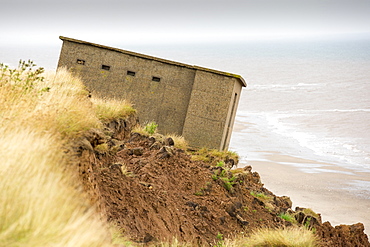
A Second world War lookout post leaning alarmingly and about to tumble over the edge of the cliff near Aldbrough on Yorkshires East Coast, UK. The coast is composed of soft boulder clays, very vulnerable to coastal erosion. This section of coast has been eroding since Roman times, with many villages having disappeared into the sea, and is the fastest eroding coast in Europe. Climate change is speeding up the erosion, with sea level rise, increased stormy weather and increased heavy rainfall events, all playing their part.
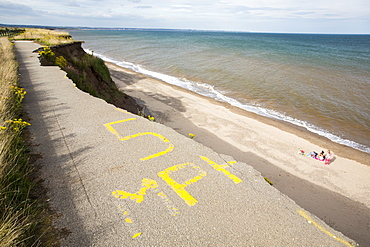
A collapsed coastal road at Barmston on Yorkshires East Coast, near Skipsea, UK. The coast is composed of soft boulder clays, very vulnerable to coastal erosion. This sectiion of coast has been eroding since Roman times, with many villages having disappeared into the sea, and is the fastest eroding coast in Europe. Climate change is speeding up the erosion, with sea level rise, increased stormy weather and increased heavy rainfall events, all palying their part.
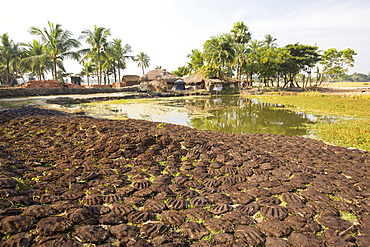
Cow dung belonging to subsistence farmers in the Sunderbans, a low lying area of the Ganges Delta in Eastern India, that is very vulnerable to sea level rise. The cow dung is used as biofuel in traditional clay ovens.
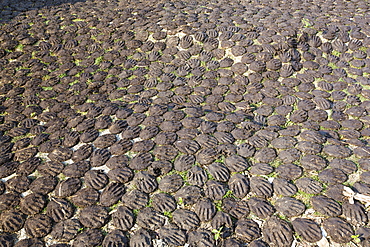
Cow dung belonging to subsistence farmers in the Sunderbans, a low lying area of the Ganges Delta in Eastern India, that is very vulnerable to sea level rise. The cow dung is used as biofuel in traditional clay ovens.
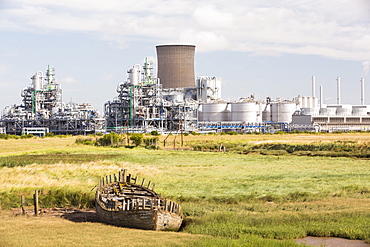
A BP chemical plant at salt End on Humberside which produces Acetic Acid and a gas fired power station It is vulnerable to coastal flooding, and although sea defences were constructed some years ago, climate change driven sea level rise and increased stromy weather, leaves it vulnerable to inundation.
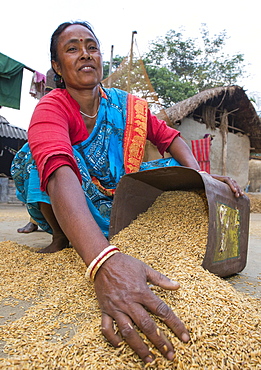
Villagers in a remote subsistence farming village on an island in the Sunderbans, the Ganges Delta in Eastern India that is very vulnerable to sea level rise, gather in the rice crop after drying.
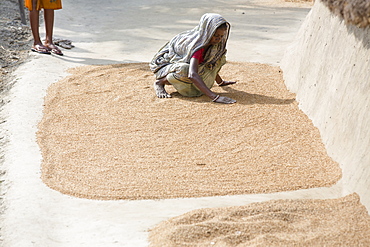
Villagers in a remote subsistence farming village on an island in the Sunderbans, the Ganges Delta in Eastern India that is very vulnerable to sea level rise, gather in the rice crop after drying.
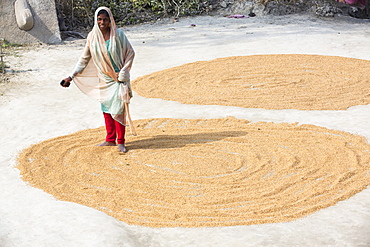
A woman drying her rice crop in the Sunderbans, Ganges, Delta, India, the area is very low lying and vulnerable to sea level rise.
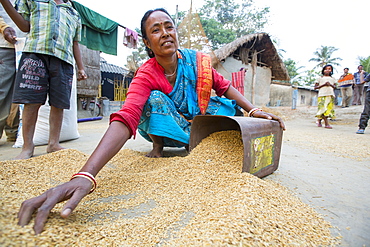
Villagers in a remote subsistence farming village on an island in the Sunderbans, the Ganges Delta in Eastern India that is very vulnerable to sea level rise, gather in the rice crop after drying.
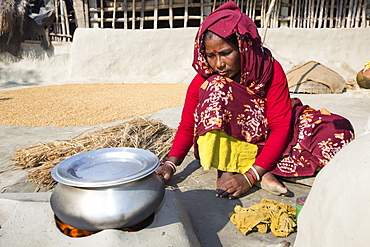
A woman subsistence farmer cooking on a traditional clay oven, using rice stalks as biofuel in the Sunderbans, Ganges, Delta, India. the area is very low lying and vulnerable to sea level rise. All parts of the rice crop are used, and the villagers life is very self sufficient, with a tiny carbon footprint.
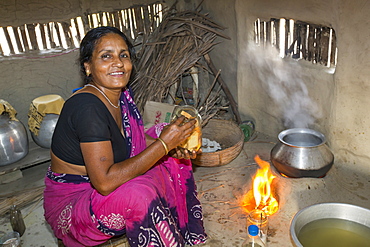
A villager woman in a remote subsistence farming village on an island in the Sunderbans, the Ganges Delta in Eastern India that is very vulnerable to sea level rise. She is cooking on a traditional clay oven, fuelled by biofuel (rice stalks), low carbon cooking.

The Thames barrier on the River Thames in London. It was constructed to protect the capital city from storm surge flooding. Recent predictions show it will probably be redundant in around twenty years due to increased stormy weather and sea level rise driven by climate change.

The Thames barrier on the River Thames in London. It was constructed to protect the capital city from storm surge flooding. Recent predictions show it will probably be redundant in around twenty years due to increased stormy weather and sea level rise driven by climate change.

The Thames barrier on the River Thames in London. It was constructed to protect the capital city from storm surge flooding. Recent predictions show it will probably be redundant in around twenty years due to increased stormy weather and sea level rise driven by climate change.
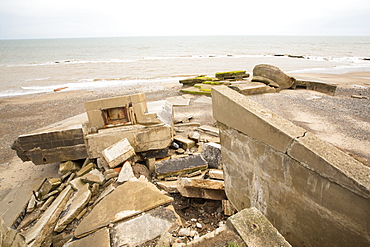
The Remains of the Godwin battery on the beach at Kilnsea at the head of Spurn point on Yorkshires East Coast, UK. Initially constructed during the First World War, the Godwin Battery was added to during the Second World War. It comprised of gun emplacements, search light, barracks, officers’ mess, and a hospital. This section of coastline is the fastest eroding coastline in Europe. The soft boulder clay cliffs are easily eroded and have been eroding since Roman Times, but recently the climate change impacts of increased stormy weather, increased heavy rainfall events and sea level rise have accelerated the rate of erosion. The average rate of attrition is 1.5metres per year, last year it was 5 metres.

The Remains of the Godwin battery on the beach at Kilnsea at the head of Spurn point on Yorkshires East Coast, UK. Initially constructed during the First World War, the Godwin Battery was added to during the Second World War. It comprised of gun emplacements, search light, barracks, officers’ mess, and a hospital. This section of coastline is the fastest eroding coastline in Europe. The soft boulder clay cliffs are easily eroded and have been eroding since Roman Times, but recently the climate change impacts of increased stormy weather, increased heavy rainfall events and sea level rise have accelerated the rate of erosion. The average rate of attrition is 1.5metres per year, last year it was 5 metres.
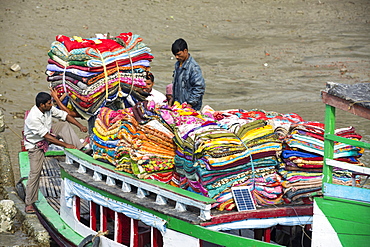
Boats carrying people and goods in the Sunderbans, a low lying area of the Ganges Delta in Eastern India, that is very vulnerable to sea level rise.
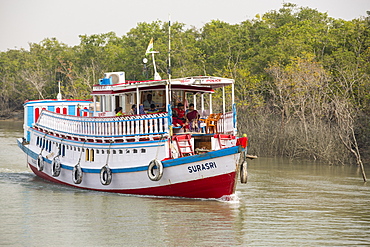
Boats carrying people and goods in the Sunderbans, a low lying area of the Ganges Delta in Eastern India, that is very vulnerable to sea level rise.
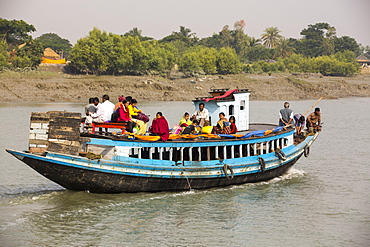
Boats carrying people and goods in the Sunderbans, a low lying area of the Ganges Delta in Eastern India, that is very vulnerable to sea level rise.
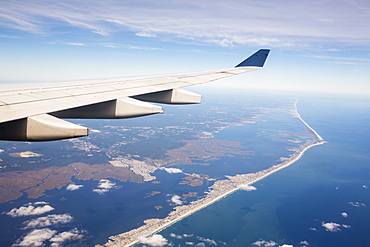
Highly built up beach front areas, just north of Atlantic City that are very vulnerable to sea level rise, USA.
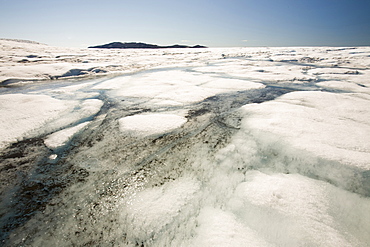
Melt water on the Greenland ice sheet which is melting at an unprecedented rate due to human-induced climate change, near Camp Victor north of Ilulissat, Greenland, Polar Regions

Girls face an uncertain future as their island home is threatened by global warming induced sea level rise, Funafuti Atoll, Tuvalu, Pacific
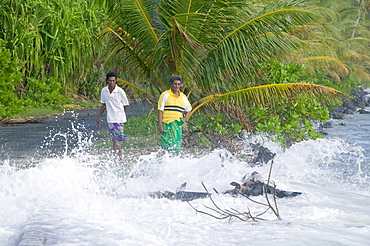
Tuvaluans watch as the high tide inundates their island home due to global warming induced sea level rise, Funafuti, Tuvalu, Pacific
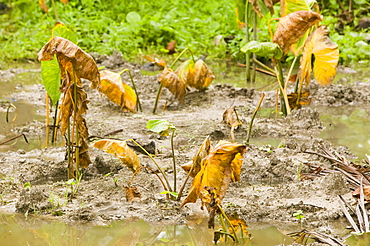
Pulaka that has been killed off by salt water incursion caused by global warming induced sea level rise, Funafuti Atoll, Tuvalu, Pacific

Trees knocked down by undercutting coastal erosion caused by global warming induced sea level rise on Tepuka island off Funafuti Atoll, Tuvalu, Pacific

A teenage girl sits in the floodwater caused by sea water incursion due to global warming induced sea level rise that threatens the future of these low lying islands, Funafuti Atoll, Tuvalu, Pacific
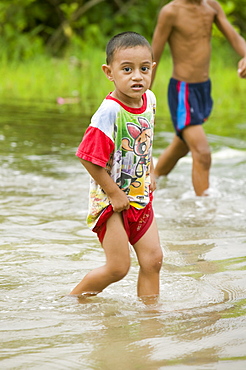
Boy wading through the floodwater caused by sea water incursion due to global warming induced sea level rise that threatens the future of these low lying islands, Funafuti Atoll, Tuvalu, Pacific

Sea water incursion onto Funafuti Atoll the main island, as global warming induced sea level rise threatens to flood these low lying islands, Funafuti, Tuvalu, Pacific
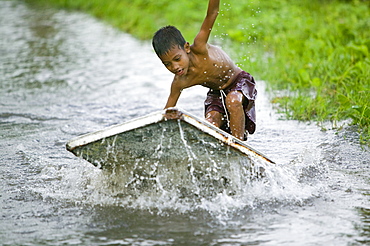
Boy playing in the floodwater caused by sea water incursion due to global warming induced sea level rise that threatens the future of these low lying islands, Funafuti Atoll, Tuvalu, Pacific
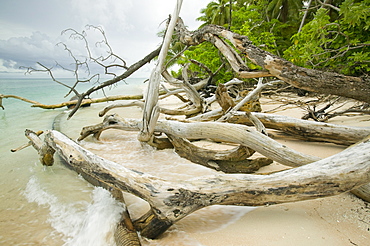
Trees knocked down by undercutting coastal erosion caused by global warming induced sea level rise on Tepuka island off Funafuti Atoll, Tuvalu, Pacific
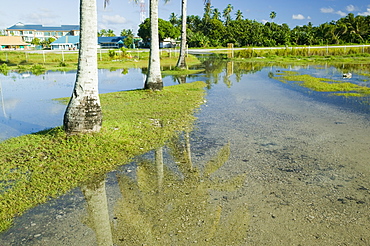
Sea water incursion onto Funafuti Atoll the main island, as global warming induced sea level rise threatens to flood these low lying islands, Funafuti, Tuvalu, Pacific
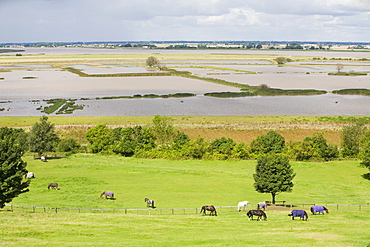
The Breach at Alkborough created in the sea defences to allow sea water to flood agricultural land and create a wetland for wildlife, Humber Estuary, Humberside, England, United Kingdom, Europe
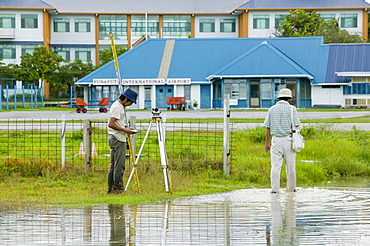
Surveying the floodwater caused by sea water incursion due to global warming induced sea level rise that threatens the future of these low lying islands, Funafuti Atoll, Tuvalu, Pacific
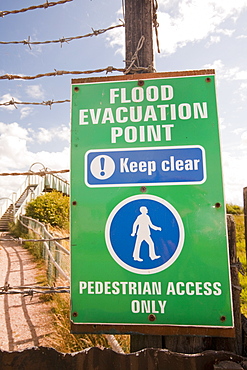
A flood evacuation sign in a caravan park in Kinmel bay that is susceptible to coastal flooding, Wales, United Kingdom, Europe
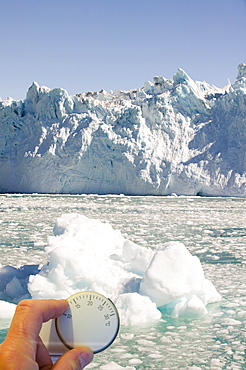
The snout of the Eqip Sermia glacier at Camp Victor north of Ilulissat on Greenland's west coast, Polar Regions

Sea water incursion onto Funafuti Atoll the main island, as global warming induced sea level rise threatens to flood these low lying islands, Funafuti, Tuvalu, Pacific
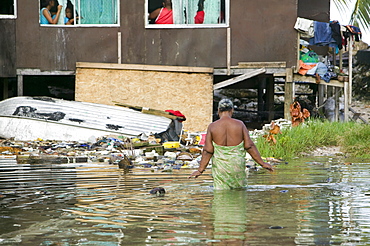
Houses flooded by sea water incursion due to global warming induced sea level rise that threatens the future of these low lying islands, Funafuti Atoll, Tuvalu, Pacific

Trees knocked down by undercutting coastal erosion caused by global warming induced sea level rise on Tepuka island off Funafuti Atoll, Tuvalu, Pacific
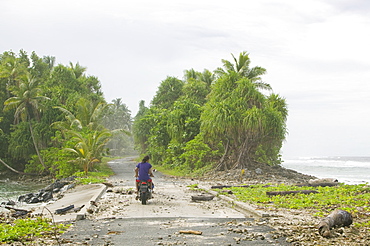
Tuvaluans watch as the high tide inundates their island home due to global warming induced sea level rise, Funafuti, Tuvalu, Pacific

Combatting coastal erosion on a beach on the outskirts of Sydney, New South Wales, Australia, Pacific

Tuvaluans watch as the high tide inundates their island home due to global warming induced sea level rise, Funafuti, Tuvalu, Pacific
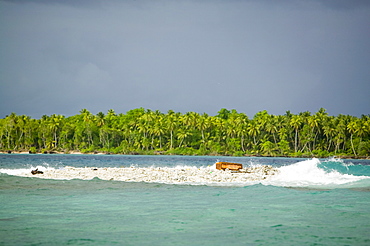
Approaching Tepukasavilivili island, completely destroyed by global warming sea level rise, off Funafuti, Tuvalu, Pacific

Trees knocked down by undercutting coastal erosion caused by global warming induced sea level rise on Tepuka island off Funafuti Atoll, Tuvalu, Pacific

Boy wading in the floodwater caused by sea water incursion due to global warming induced sea level rise that threatens the future of these low lying islands, Funafuti Atoll, Tuvalu, Pacific

Tuvaluan children face an uncertain future as global warming induced sea level rise threatens their island home, Funafuti Atoll, Tuvalu, Pacific

Approaching Tepukasavilivili island, completely destroyed by global warming sea level rise, off Funafuti, Tuvalu, Pacific
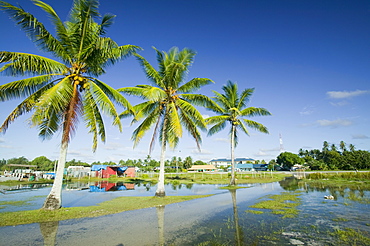
Sea water incursion onto Funafuti Atoll the main island, as global warming induced sea level rise threatens to flood these low lying islands, Funafuti, Tuvalu, Pacific

Sea water incursion onto Funafuti Atoll the main island, as global warming induced sea level rise threatens to flood these low lying islands, Funafuti, Tuvalu, Pacific

Tuvaluans watch as the high tide inundates their island home due to global warming induced sea level rise, Funafuti, Tuvalu, Pacific
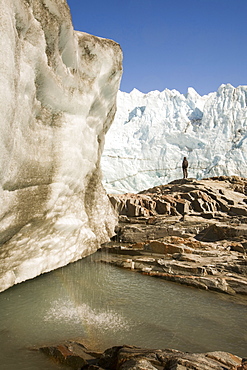
The Russell Glacier draining the Greenland icesheet inland from Kangerlussuaq on the west coast of Greenland, Polar Regions
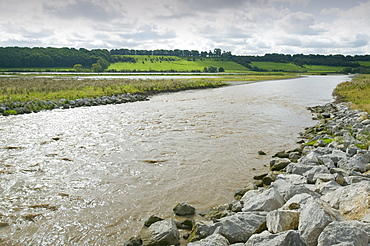
The Breach at Alkborough created in the sea defences to allow sea water to flood agricultural land and create a wetland for wildlife, Humber Estuary, Humberside, England, United Kingdom, Europe

Large rocks placed on the shore of the west coast of Walney Island, to prevent coastal erosion, Cumbria, England, United Kingdom, Europe
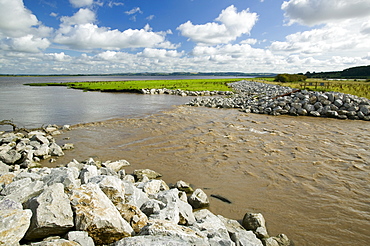
The Breach at Alkborough created in the sea defences to allow sea water to flood agricultural land and create a wetland for wildlife, Humber Estuary, Humberside, England, United Kingdom, Europe
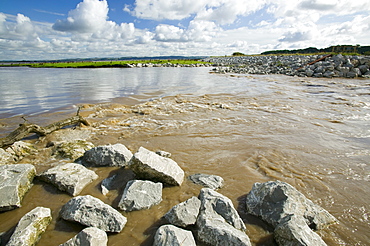
The Breach at Alkborough created in the sea defences to allow sea water to flood agricultural land and create a wetland for wildlife, Humber Estuary, Humberside, England, United Kingdom, Europe

The Breach at Alkborough created in the sea defences to allow sea water to flood agricultural land and create a wetland for wildlife, Humber Estuary, Humberside, England, United Kingdom, Europe
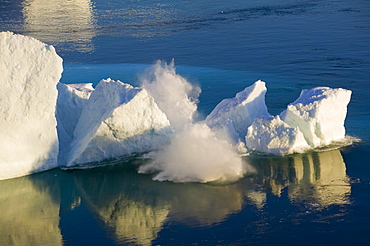
An arched iceberg collapsing into the sea from the Jacobshavn Glacier (Sermeq Kujalleq), Greenland, Polar Regions
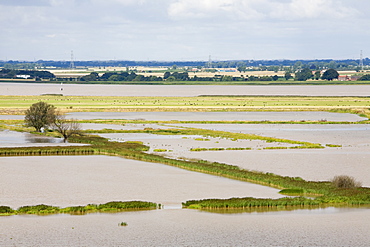
The Breach at Alkborough created in the sea defences to allow sea water to flood agricultural land and create a wetland for wildlife, Humber Estuary, Humberside, England, United Kingdom, Europe
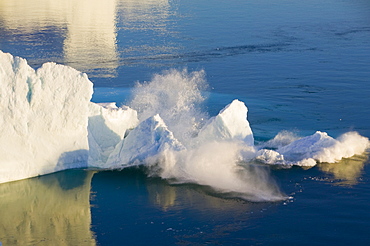
An arched iceberg collapsing into the sea from the Jacobshavn Glacier (Sermeq Kujalleq), Greenland, Polar Regions
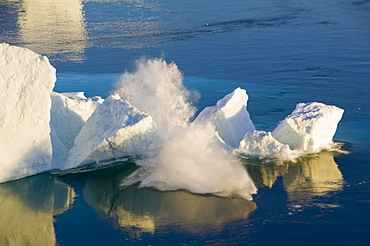
An arched iceberg collapsing into the sea from the Jacobshavn Glacier (Sermeq Kujalleq), Greenland, Polar Regions

The Breach at Alkborough created in the sea defences to allow sea water to flood agricultural land and create a wetland for wildlife, Humber Estuary, Humberside, England, United Kingdom, Europe
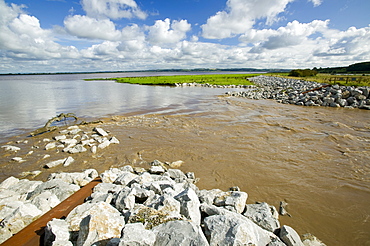
The Breach at Alkborough created in the sea defences to allow sea water to flood agricultural land and create a wetland for wildlife, Humber Estuary, Humberside, England, United Kingdom, Europe

A pumping station at Talacre on the North Wales coast keeping the reclaimed salt marsh dry by pumping, Wales, United Kingdom, Europe
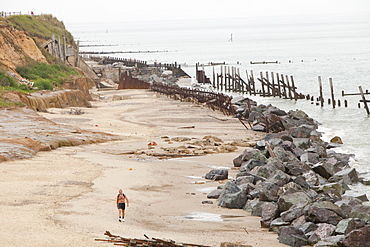
Happisburgh, on one of the most rapidly eroding coastlines in the British Isles, North Norfolk, England, United Kingdom, Europe
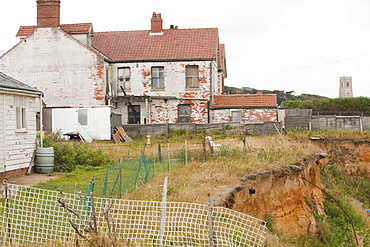
Houses that have already lost gardens to the sea on one of the most rapidly eroding coastlines in the British Isles, Happisburgh, North Norfolk, England, United Kingdom, Europe
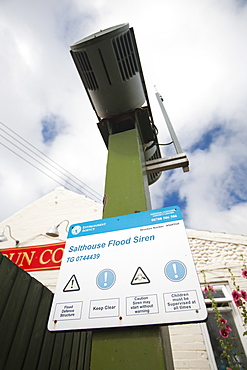
A flood siren to warn of coastal flooding at Salthouse on the North Norfolk coast, Norfolk, England, United Kingdom, Europe

A pumping station at Talacre on the North Wales coast keeping the reclaimed salt marsh dry by pumping, Wales, United Kingdom, Europe
